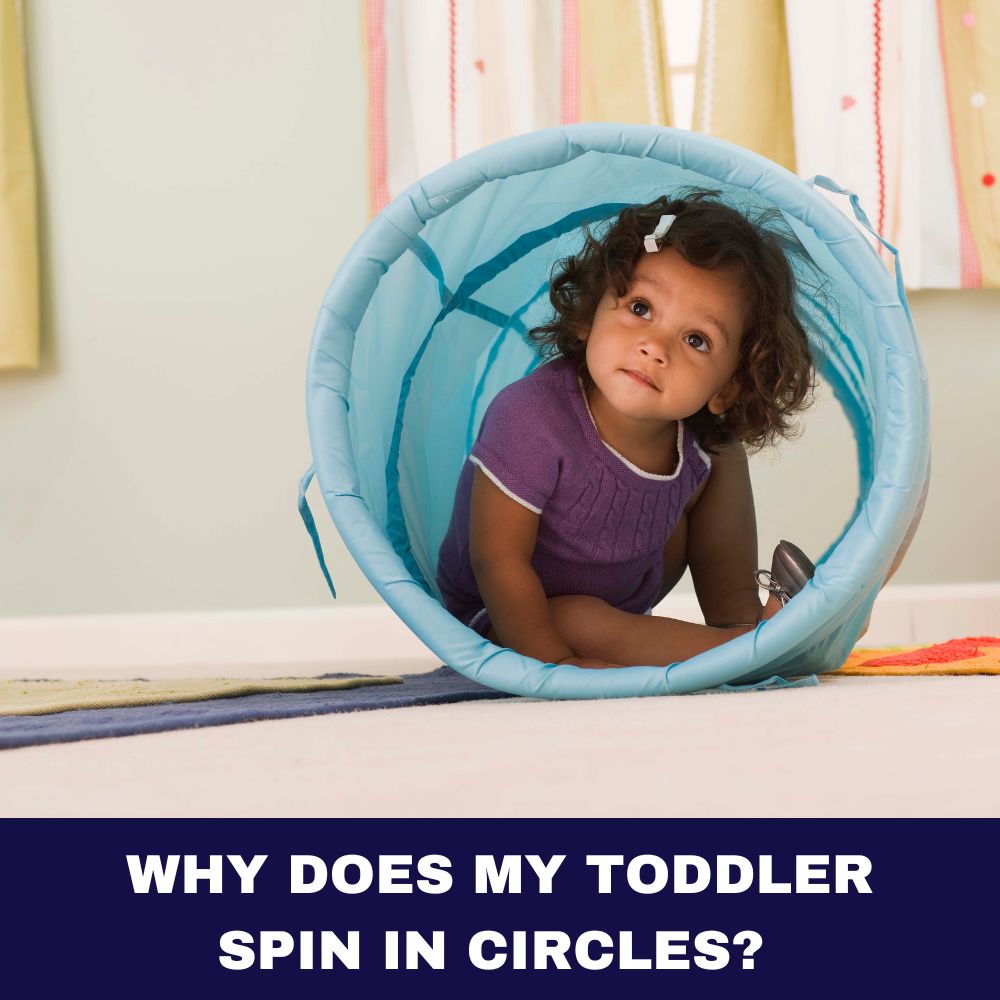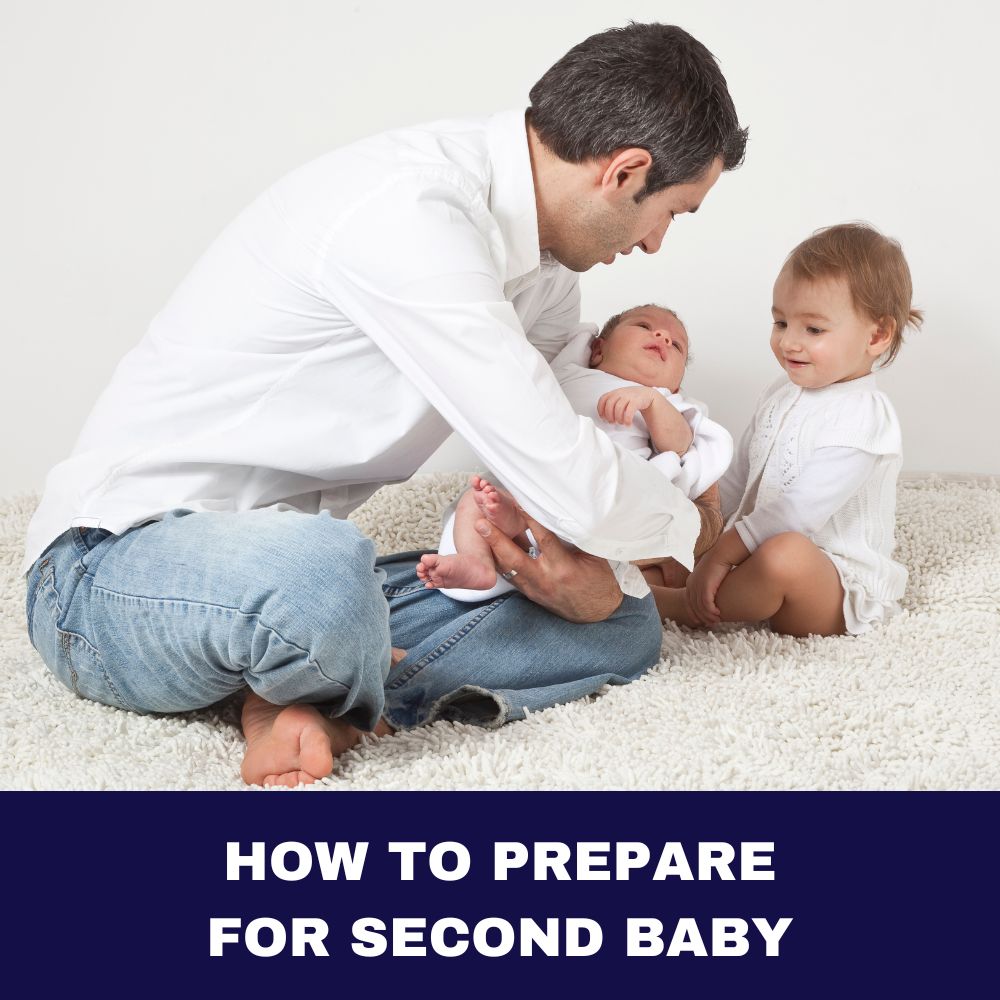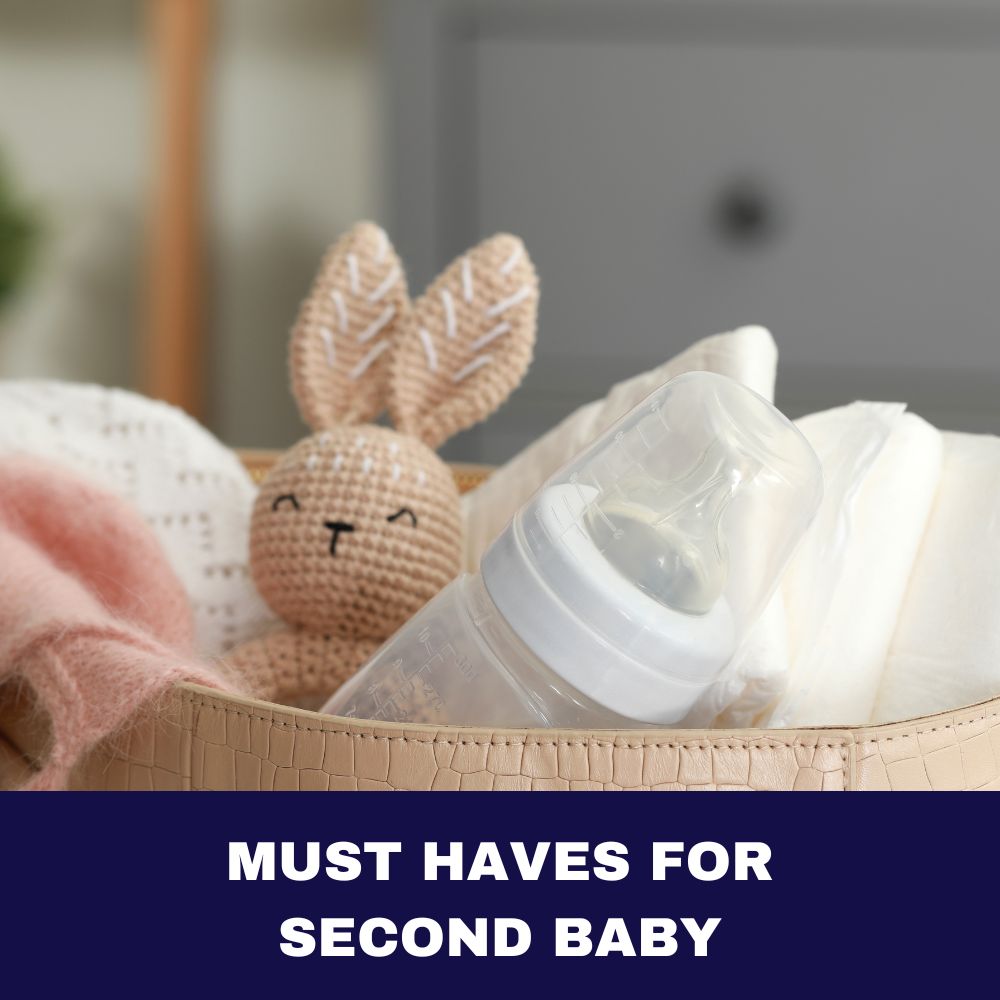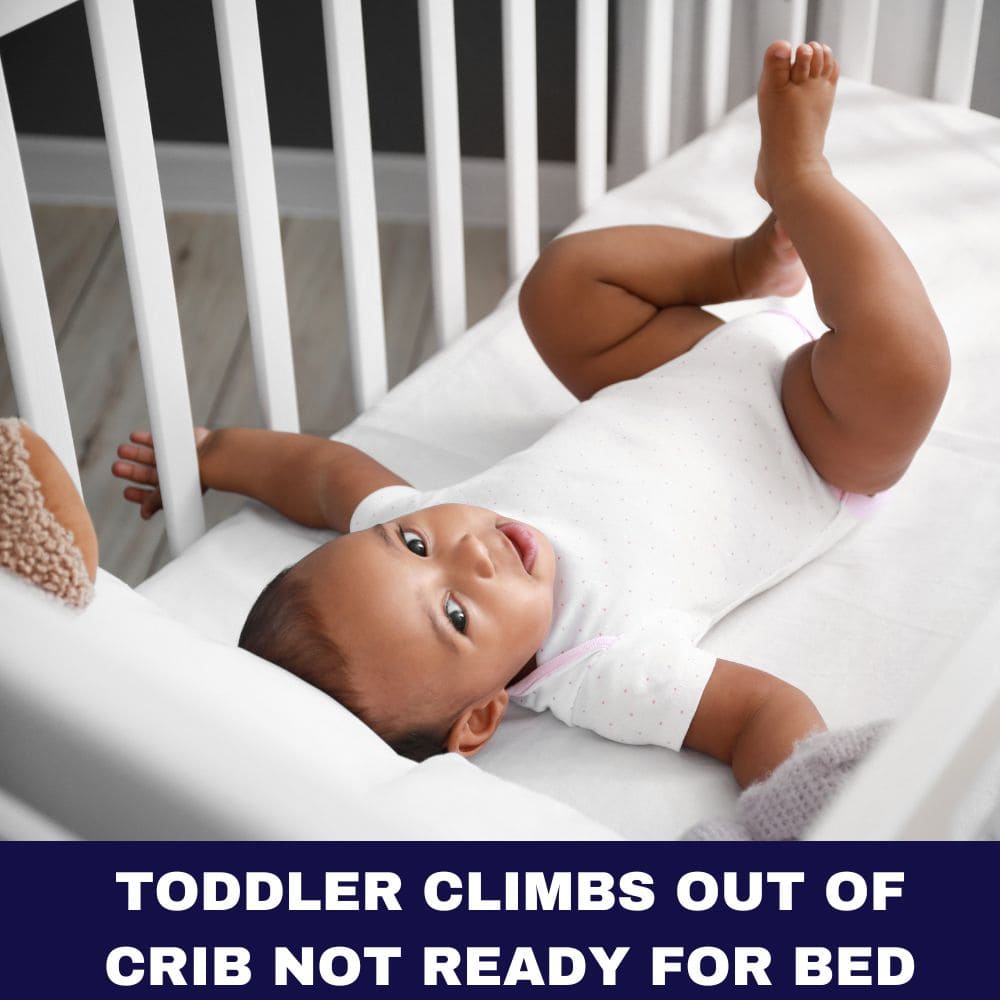Picture this: You’re holding your adorable 7-month-old, marveling at how quickly they’re growing. Suddenly, you realize it’s been a while since their last nap. Panic sets in. Is it time for sleep? Are they overtired? Welcome to the world of wake windows! If you’ve found yourself googling “7 month old wake window” at 3 AM, you’re not alone. Let’s dive into this sleep puzzle and uncover some surprising tricks for blissful slumber.
What is a Wake Window for 7-Month-Olds?
Wake windows are like your baby’s personal energy meter. They represent the time your little one can stay awake and engaged between sleep periods. For 7-month-olds, these windows are crucial in maintaining a healthy sleep-wake cycle.
Think of wake windows as a delicate balance. Too short, and your baby might not be tired enough for a restful sleep. Too long, and you’re in for a cranky, overtired munchkin who fights sleep like it’s their job. It’s a bit like Goldilocks – you’re aiming for that “just right” sweet spot.
As babies grow, their wake windows expand. Your 7-month-old is in an exciting phase, transitioning from the frequent cat naps of early infancy to a more structured sleep pattern. Understanding and respecting these wake windows can be your secret weapon in the battle for better sleep.

Typical 7 Month Old Wake Window Duration
So, how long should your 7-month-old be awake? On average, most 7-month-olds can handle wake windows of 2.5 to 3.5 hours. But remember, babies are unique little beings, not robots. Some might thrive on slightly shorter windows, while others might stretch a bit longer.
Here’s a handy table to give you a visual:
| Time of Day | Wake Window Duration | Notes |
|---|---|---|
| Morning | 2.5 – 3 hours | Often the shortest window of the day |
| Midday | 3 – 3.5 hours | May vary based on nap lengths |
| Evening | 3 – 3.5 hours | Gradually increases towards bedtime |
Keep in mind, these are guidelines, not rigid rules. Your baby’s unique temperament, sleep needs, and daily activities all play a role in determining their ideal wake windows. The key is to watch for sleep cues and adjust accordingly.
Signs Your 7-Month-Old is Ready for Sleep
Recognizing when your baby is ready for sleep is crucial in maintaining optimal wake windows. It’s like being a detective, but instead of solving crimes, you’re cracking the code of your baby’s sleep needs. Here are some telltale signs to watch for:
- Rubbing eyes or ears
- Yawning (it’s contagious, even for babies!)
- Becoming less active or ‘zoning out’
- Fussiness or irritability
- Decreased interest in toys or activities
- Slower movements or clumsiness
Some babies might also have unique sleep cues. My friend’s daughter would always tug on her left ear when she was ready for a nap. It’s all about getting to know your baby’s individual signals.
Pro tip: Start your bedtime routine when you notice these signs, not after. Waiting too long can lead to an overtired baby, and trust me, that’s a whole different ballgame!
9 Surprising Tricks for Blissful Sleep
Now, let’s get to the good stuff – the tricks that can transform your baby’s sleep (and yours too!). These aren’t your run-of-the-mill sleep tips. We’re diving into some unconventional yet effective strategies to make the most of your 7-month-old’s wake windows.
1. The “Gradual Wind-Down” Technique
Imagine trying to fall asleep right after an intense workout. Tough, right? The same goes for your baby. The Gradual Wind-Down technique is all about easing your little one from high-energy activities to calmer ones as you approach the end of their wake window.
Start with active play, then move to quieter activities like reading or gentle singing. This gradual decrease in stimulation helps signal to your baby’s brain that sleep time is approaching. It’s like a smooth landing for their busy little minds.
For example, your wind-down routine might look like this:
- Active playtime (20-30 minutes)
- Calm play with quiet toys (15-20 minutes)
- Storytime or lullabies (10-15 minutes)
- Final cuddles and sleep ritual (5-10 minutes)
Remember, consistency is key. A predictable wind-down routine can work wonders in easing the transition to sleep.
2. The “Light Exposure” Hack
Did you know that light plays a crucial role in regulating your baby’s sleep-wake cycle? It’s true! Our bodies, including tiny ones, are designed to respond to light cues. By manipulating light exposure during wake windows, you can help set your baby’s internal clock for better sleep.
During wake windows, especially in the morning, expose your baby to natural light. This helps reinforce their circadian rhythm. As you approach the end of the day, start dimming the lights. This signals to your baby’s brain that it’s time to start producing melatonin, the sleep hormone.
Here’s a simple light exposure plan:
- Morning wake window: Bright, natural light
- Midday wake window: Normal indoor lighting
- Evening wake window: Gradually dim lights
- Before bedtime: Use very low, warm lighting
Pro tip: Invest in some dimmable, warm-toned light bulbs for your baby’s room. They can be a game-changer for creating the perfect sleep environment.
3. The “Mini-Adventure” Method
Who says wake windows have to be boring? The Mini-Adventure method is all about packing your baby’s awake time with engaging, age-appropriate activities. This not only keeps them stimulated but also helps prevent overtiredness.
Think of each wake window as a mini-adventure for your baby. Plan different activities that engage their senses and support their development. This could include tummy time, exploring new textures, or even a quick “field trip” around the house or backyard.
Here’s an example of a mini-adventure wake window:
- Start with a diaper change and chat about the day ahead
- Tummy time with interesting toys (10-15 minutes)
- “Explore” a new area of the house, describing what you see
- Practice sitting or crawling skills
- Read a short, interactive book
- End with a calming activity as you transition to sleep time
Remember, the goal is to keep your baby engaged without overstimulating them. It’s all about finding that perfect balance.

4. The “Sensory Integration” Approach
Babies learn about their world through their senses. The Sensory Integration approach focuses on incorporating various sensory experiences during wake windows to promote better sleep. It’s like giving your baby’s brain a well-rounded workout before rest time.
Try to include activities that engage different senses:
- Touch: Offer various textures to explore (soft toys, crinkly books, smooth surfaces)
- Sound: Play gentle music or nature sounds
- Sight: Show high-contrast images or colorful toys
- Smell: Introduce safe, mild scents like lavender or vanilla
- Taste: If your baby has started solids, offer a variety of flavors during mealtimes
By providing a rich sensory environment during wake windows, you’re helping your baby’s brain process and organize information, which can lead to more restful sleep.
5. The “Sleepy-Time Snack” Strategy
Did you know that certain foods can influence sleep? While your 7-month-old might not be ready for a midnight snack, timing their meals within the wake window can make a big difference.
If your baby has started solids, consider offering foods that naturally promote sleep about an hour before naptime or bedtime. Some sleep-friendly foods for babies include:
- Bananas (mashed)
- Oatmeal
- Sweet potatoes
- Turkey (pureed or very finely minced)
These foods contain nutrients like tryptophan, magnesium, and complex carbohydrates that can help induce sleep. Just remember to always follow safe feeding practices and consult with your pediatrician about your baby’s diet.
Here’s a sample feeding schedule that aligns with wake windows:
| Wake Window | Feeding Suggestion |
|---|---|
| Morning | Breast milk or formula + breakfast (if on solids) |
| Midday | Breast milk or formula + lunch (if on solids) |
| Afternoon | Small snack or breast milk/formula top-up |
| Evening | Dinner (sleep-friendly foods) + final milk feed |
Remember, every baby is different. Some might do better with a fuller tummy before sleep, while others might need a bit more time to digest. Observe your baby and adjust accordingly.

6. The “Nap Transition” Trick
Around 7 months, many babies start transitioning from three naps to two. This can throw a wrench in your carefully planned wake windows. But fear not! The Nap Transition trick can help you navigate this change smoothly.
The key is to gradually extend wake windows while watching for sleep cues. Start by lengthening the morning wake window by 15 minutes every few days. As your baby adjusts, you can slowly stretch the afternoon wake window too.
Here’s an example of how this transition might look:
| Week | Morning Wake Window | Midday Wake Window | Afternoon Wake Window |
|---|---|---|---|
| 1 | 2.5 hours | 2.75 hours | 2.5 hours |
| 2 | 2.75 hours | 3 hours | 2.75 hours |
| 3 | 3 hours | 3.25 hours | 3 hours |
| 4 | 3.25 hours | 3.5 hours | 3.25 hours |
Remember, this is a gradual process. Some days might be smoother than others. Be patient and flexible as your baby adjusts to the new routine.
7. The “Bedtime Ritual” Revolution
We’ve all heard about the importance of bedtime routines, but let’s revolutionize yours! The Bedtime Ritual is all about creating a unique, calming sequence that signals the end of the wake window and prepares your baby for sleep.
Your ritual should be consistent but doesn’t have to be long or complicated. The key is to choose activities that your baby enjoys and finds relaxing. Here’s an example of a unique bedtime ritual:
- Start with a fun bubble bath (5-10 minutes)
- Give a gentle massage with lotion (3-5 minutes)
- Change into pajamas, making it a playful activity (2-3 minutes)
- Read a short story or sing a lullaby (5-7 minutes)
- Final cuddles and goodnight phrases (2-3 minutes)
The total ritual should last about 20-30 minutes. As you consistently follow this routine, your baby will start associating these activities with sleep, making bedtime easier.
Pro tip: Create a special phrase or song that you only use at bedtime. This can become a powerful sleep cue for your baby.
8. The “Wake Window Stretch” Technique
As your 7-month-old grows, their sleep needs change. The Wake Window Stretch technique is all about gradually extending wake times to match your baby’s developing sleep patterns.
Start by adding just 5-10 minutes to one wake window every few days. Watch how your baby responds. If they handle it well, you can continue to slowly increase the wake time. If they show signs of overtiredness, scale back a bit.
Here’s an example of how you might stretch wake windows over a month:
| Week | Morning Wake Window | Midday Wake Window | Evening Wake Window |
|---|---|---|---|
| 1 | 2.5 hours | 2.75 hours | 3 hours |
| 2 | 2.75 hours | 3 hours | 3.25 hours |
| 3 | 3 hours | 3.25 hours | 3.5 hours |
| 4 | 3.25 hours | 3.5 hours | 3.75 hours |
Remember, this is a guideline. Always prioritize your baby’s sleep cues over strict schedules.
9. The “Sleep Environment” Makeover
Last but not least, let’s talk about your baby’s sleep sanctuary. The right sleep environment can make a world of difference in how well your baby transitions from wake time to sleep time.
Here are some elements to consider:
- Temperature: Keep the room between 68-72°F (20-22°C)
- Lighting: Use blackout curtains or shades for naps and nighttime
- Sound: A white noise machine can help mask household noises
- Comfort: Ensure the crib mattress is firm and fitted sheet is snug
- Safety: Follow all safe sleep guidelines (no loose blankets, toys, etc.)
Consider creating a “sleep zone” in your baby’s room – a specific area used only for sleep. This could be as simple as a corner with the crib and a soft night light. When you enter this zone at the end of a wake window, it signals to your baby that it’s time to sleep.
Common Wake Window Mistakes to Avoid
Even with the best intentions, it’s easy to stumble when it comes to managing wake windows. Here are some common pitfalls to watch out for:
- Ignoring sleep cues: Sometimes, we get so caught up in the clock that we miss our baby’s signals. Remember, your baby’s cues trump any schedule.
- Overtiredness: Pushing past the optimal wake window can lead to a second wind, making it harder for your baby to fall asleep.
- Inconsistency: Varying wake windows too much from day to day can confuse your baby’s internal clock.
- Not adjusting for changes: Growth spurts, teething, or illness might require temporary adjustments to wake windows.
- One-size-fits-all approach: What works for one baby might not work for another. Be prepared to tailor wake windows to your unique little one.
Remember, it’s okay to make mistakes. Sleep training is a journey, not a destination. Be kind to yourself and keep learning from each experience.
Adjusting Wake Windows for Different Scenarios
Life with a baby is anything but predictable. Here’s how to adjust wake windows for various situations:
- Illness: Sick babies often need more sleep. Shorten wake windows and offer more frequent naps.
- Travel: Time zone changes can be tricky. Gradually adjust wake windows by 15-30 minutes each day until you reach the new schedule.
- Daylight Saving Time: Similar to travel, make gradual adjustments over a week.
- Growth spurts: Your baby might need more frequent feeds, potentially shortening wake windows temporarily.
- Developmental leaps: During major milestones (like learning to crawl), your baby might fight sleep. Stick to your routine as much as possible, but be flexible.
The key is to be adaptable while trying to maintain some consistency. It’s a balancing act, but you’ve got this!
The Impact of Wake Windows on Nighttime Sleep
Here’s the million-dollar question: Can perfecting your 7-month-old’s wake windows lead to better nights? The short answer is yes!
Appropriate wake windows during the day help prevent overtiredness, which is often the culprit behind night wakings and early mornings. When babies are overtired, their bodies produce stress hormones like cortisol, making it harder for them to fall asleep and stay asleep.
By respecting your baby’s wake windows, you’re helping them maintain a healthy sleep-wake cycle. This can lead to:
- Easier bedtimes
- Longer stretches of nighttime sleep
- Less frequent night wakings
- Later morning wake-ups
Remember, daytime sleep and nighttime sleep are interconnected. It’s all part of your baby’s overall sleep needs. By getting the wake windows right, you’re setting the stage for better sleep all around.

Tracking Your Baby’s Wake Windows
Keeping track of wake windows doesn’t have to be a full-time job. Here are some simple ways to stay on top of your baby’s schedule:
- Use a baby tracking app: Many apps allow you to log sleep times, making it easy to see patterns.
- Keep a sleep diary: A simple notebook can work wonders. Jot down sleep times, mood, and activities.
- Set gentle alarms: Use your phone to set reminders for when wake windows are nearing their end.
- Create a visual schedule: A whiteboard or chart can help the whole family stay on the same page.
Remember, the goal isn’t to watch the clock obsessively. It’s about understanding your baby’s patterns and needs. Use these tools to guide you, but always trust your instincts and respond to your baby’s cues.
Conclusion
Navigating the world of 7 month old wake windows can feel like solving a complex puzzle. But with these 9 surprising tricks up your sleeve, you’re well on your way to blissful sleep for both you and your little one. Remember, every baby is unique, and what works for one might not work for another. The key is to be patient, observant, and flexible.
Let’s recap our 9 surprising tricks:
- The “Gradual Wind-Down” Technique
- The “Light Exposure” Hack
- The “Mini-Adventure” Method
- The “Sensory Integration” Approach
- The “Sleepy-Time Snack” Strategy
- The “Nap Transition” Trick
- The “Bedtime Ritual” Revolution
- The “Wake Window Stretch” Technique
- The “Sleep Environment” Makeover
Each of these strategies is designed to work with your baby’s natural rhythms and development. By implementing these tricks, you’re not just managing wake windows – you’re creating a sleep-friendly lifestyle that can benefit your entire family.
Remember, perfecting your 7-month-old’s wake windows is not about achieving a rigid schedule. It’s about understanding and respecting your baby’s sleep needs. Some days will go smoothly, others might be a bit bumpy. That’s okay! Every day is a new opportunity to learn and adjust.
As you embark on this sleep journey, trust your instincts. You know your baby better than anyone else. Use these tricks as tools in your parenting toolbox, adapting them as needed to fit your unique situation.
And most importantly, be kind to yourself. Parenting is a tough job, and you’re doing great. Even on the days (or nights) when sleep seems elusive, remember that this phase is temporary. Your efforts to understand and optimize your baby’s wake windows are laying the foundation for healthy sleep habits that can last a lifetime.
So, here’s to sweet dreams and peaceful nights. You’ve got this, sleep champion!
FAQ – 7 Month Old Wake Window
How many naps should a 7-month-old take?
Most 7-month-olds take 2-3 naps per day. Many babies start transitioning from 3 naps to 2 around this age. The transition can take a few weeks, and it’s normal to have some days with 2 naps and others with 3 during this period. Watch your baby’s cues and adjust as needed.
What if my baby fights sleep at the end of their wake window?
If your baby consistently fights sleep, it might be a sign that your wake windows need adjusting. Try shortening the wake window by 15-30 minutes. Also, ensure your sleep routine is consistent and calming. Sometimes, babies fight sleep due to overtiredness, so catching their sleep cues early is crucial.
Can I extend wake windows to get longer naps?
While it might seem logical, extending wake windows doesn’t necessarily lead to longer naps. In fact, overtired babies often take shorter naps. Instead, focus on age-appropriate wake windows and a consistent sleep routine. If naps are consistently short, you might need to assist your baby in connecting sleep cycles during naps.
How do I know if I need to adjust my baby’s wake windows?
Signs that wake windows need adjusting include: difficulty falling asleep, short naps, nighttime wakings, and crankiness near the end of wake times. If your baby seems happy and sleeps well with your current schedule, there’s no need to change. Remember, every baby is different, so what works for others might not work for yours.
Should wake windows be the same length all day?
Not necessarily. Many babies can handle longer wake windows as the day progresses. For example, the morning wake window might be shorter (around 2.5 hours), while the last wake window before bedtime might stretch to 3-3.5 hours. Pay attention to your baby’s natural rhythms and adjust accordingly.











